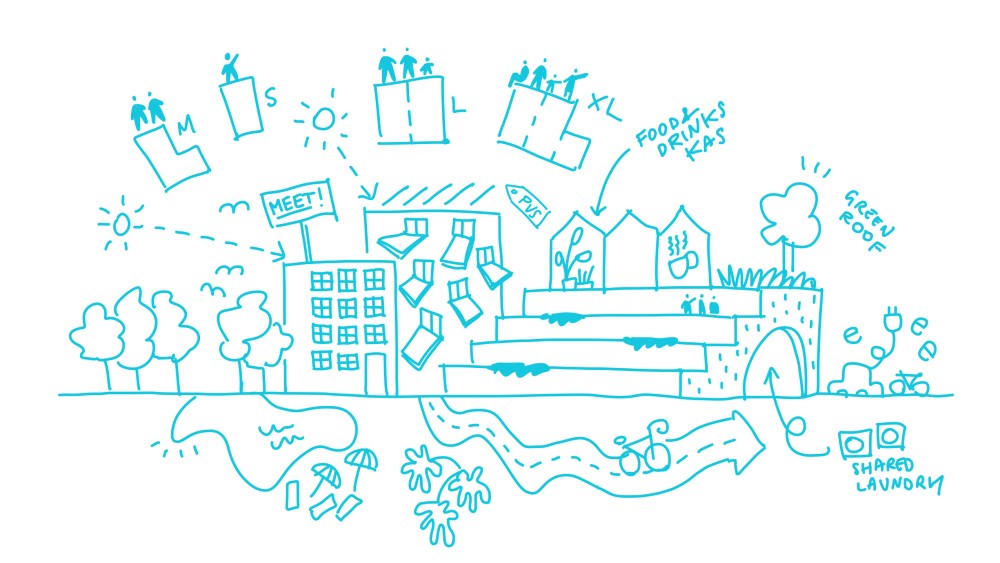
CONTEXT
One of the big challenges facing contemporary cities is the accessibility to affordable housing. Housing corporations, municipalities and citizen groups are struggling to meet a growing demand for affordable housing. We are stuck in a housing crisis, which is rapidly deepening. This is pushing people out of their beloved cities, and often into precarious housing situations. In the last decade, the amount of homeless people in the Netherlands has doubled, in a quarter of all municipalities the waiting lists for social housing are over seven years long, and aspiring home-buyers stand no chance against large investors in an overheated real estate market.